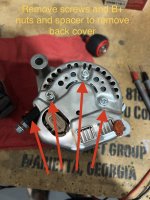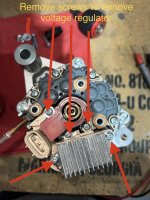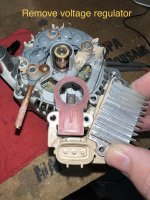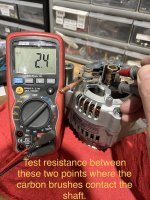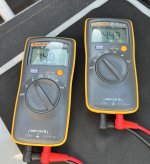KiloWhiskey1
Well Known Member
I just swapped out a slick mag and lightspeed ignition for two Surefly SIMs. I test flew the plane last week and then flew a 20 minute flight to the North Georgia mountains for a weekend camping trip. I had no issues on those two flights but on the flight home I had ongoing over voltage warnings. The voltage moved between 14v and 15.5v. The mountain mornings began with significant fall dew which I thought may have contributed to the issue, however I let the plane sit for three days and had the same issue today. I’m using a plane power internally regulated 60 amp alternator with an Odyssey PC925 primary batt and 4 6v 12Ah werker batteries in series/parallel for backup power. This setup worked flawlessly for the past 150 hours.
I know it could be the internal voltage regulator. What else comes to mind in situations like this?
I know it could be the internal voltage regulator. What else comes to mind in situations like this?



